In recent years, headlines proclaiming record-breaking temperatures and dire warnings about our planet’s future have become increasingly common. As the world grapples with the realities of climate change, many are left wondering: Is it really the hottest it’s ever been? Are we truly at a breaking point?
This blog aims to cut through the noise, examining the data behind these claims and exploring the complex factors shaping our climate. From understanding global temperature records to unpacking the concept of tipping points, we’ll dive deep into the science, impacts, and potential solutions to one of the most pressing issues of our time.
Understanding global temperature records: How they’re measured and tracked
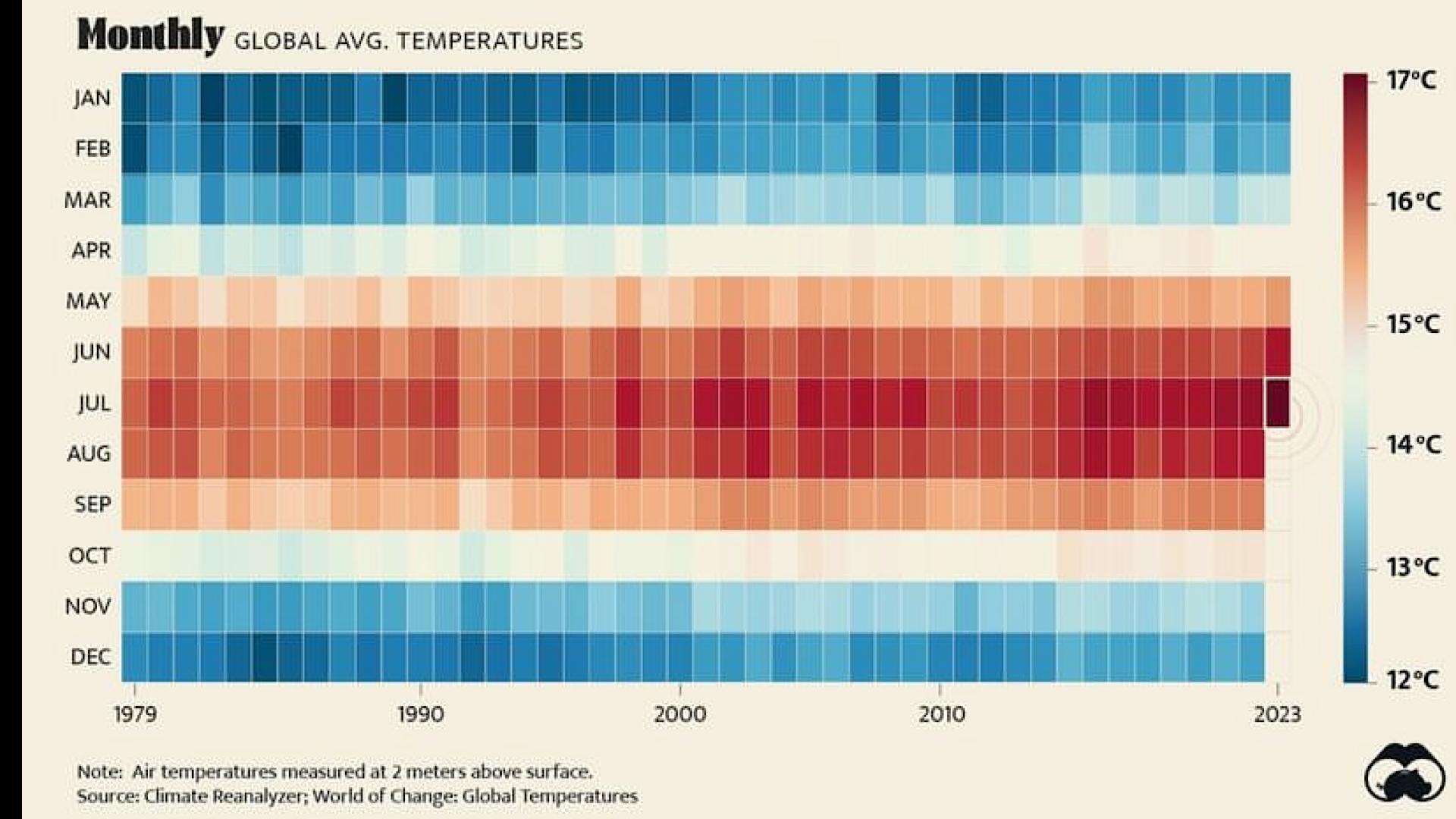
Global temperature records are compiled from various sources, including weather stations, ships, buoys, and satellites. Scientists use sophisticated methods to process this data, accounting for factors like urban heat islands and changes in measurement techniques over time. Temperature anomalies—deviations from a long-term average—are calculated to identify trends. Organizations like NASA, NOAA, and the UK Met Office maintain independent global temperature datasets.
These records typically date back to the late 19th century, with increasing accuracy in recent decades due to improved technology and coverage. Understanding these measurement methods is crucial for interpreting claims about global temperature trends.
Recent temperature milestones: Examining the data behind “hottest ever” claims
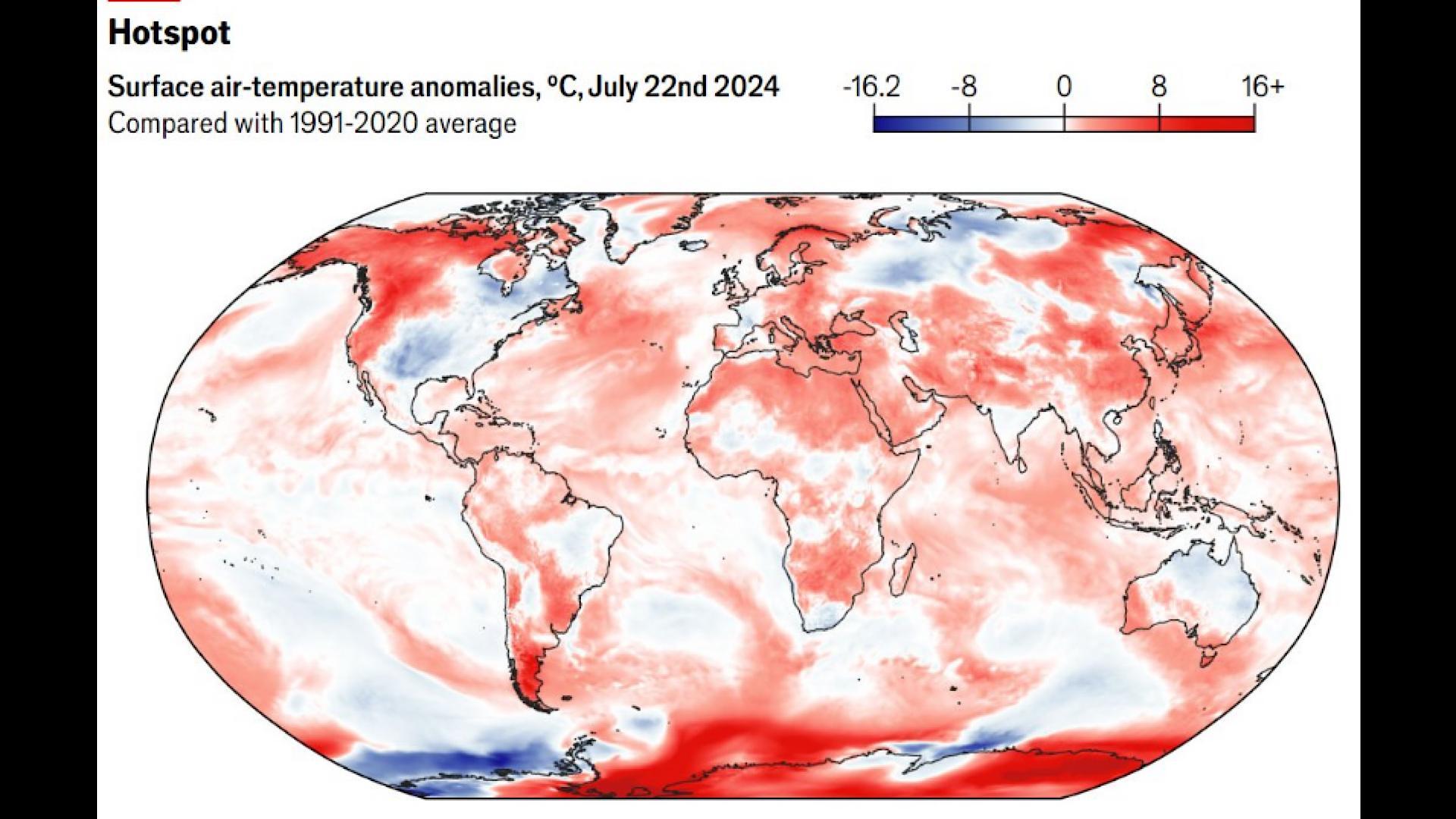
In recent years, we’ve seen numerous reports of record-breaking temperatures. These claims are based on comprehensive global datasets that show a clear warming trend. For instance, the World Meteorological Organization confirmed that 2016 was the hottest year on record, closely followed by 2020. However, it’s important to note that individual hot years or months don’t necessarily indicate long-term trends.
Climate scientists focus on multi-year averages and overall patterns. When examining these “hottest ever” claims, it’s crucial to consider the broader context of long-term climate change, regional variations, and the role of short-term climate phenomena like El Niño.
Natural climate variability vs. human-induced climate change

Earth’s climate naturally varies due to factors like solar cycles, volcanic eruptions, and ocean-atmosphere interactions. However, the rapid warming observed in recent decades cannot be explained by natural variability alone. Human activities, primarily the burning of fossil fuels, have significantly increased greenhouse gas concentrations in the atmosphere.
Climate models that include only natural factors fail to reproduce the observed warming, while those that include human influences closely match observed temperature trends. This distinction is crucial for understanding the current climate crisis and developing effective mitigation strategies. While natural variability continues to play a role, the dominant force driving global warming is human-induced climate change.
The impact of El Niño and La Niña on global temperatures

El Niño and La Niña are phases of a naturally occurring climate pattern known as the El Niño-Southern Oscillation (ENSO). El Niño typically brings warmer global temperatures, while La Niña has a cooling effect. These events can significantly influence year-to-year temperature variations, sometimes masking or amplifying the long-term warming trend.
For example, the record-breaking temperatures of 2016 were partly due to a strong El Niño event. Understanding ENSO is crucial for interpreting short-term temperature fluctuations and for separating natural variability from the underlying trend of human-induced climate change. Climate scientists account for these phenomena when analyzing global temperature patterns.
Tipping points in the climate system: What they are and why they matter
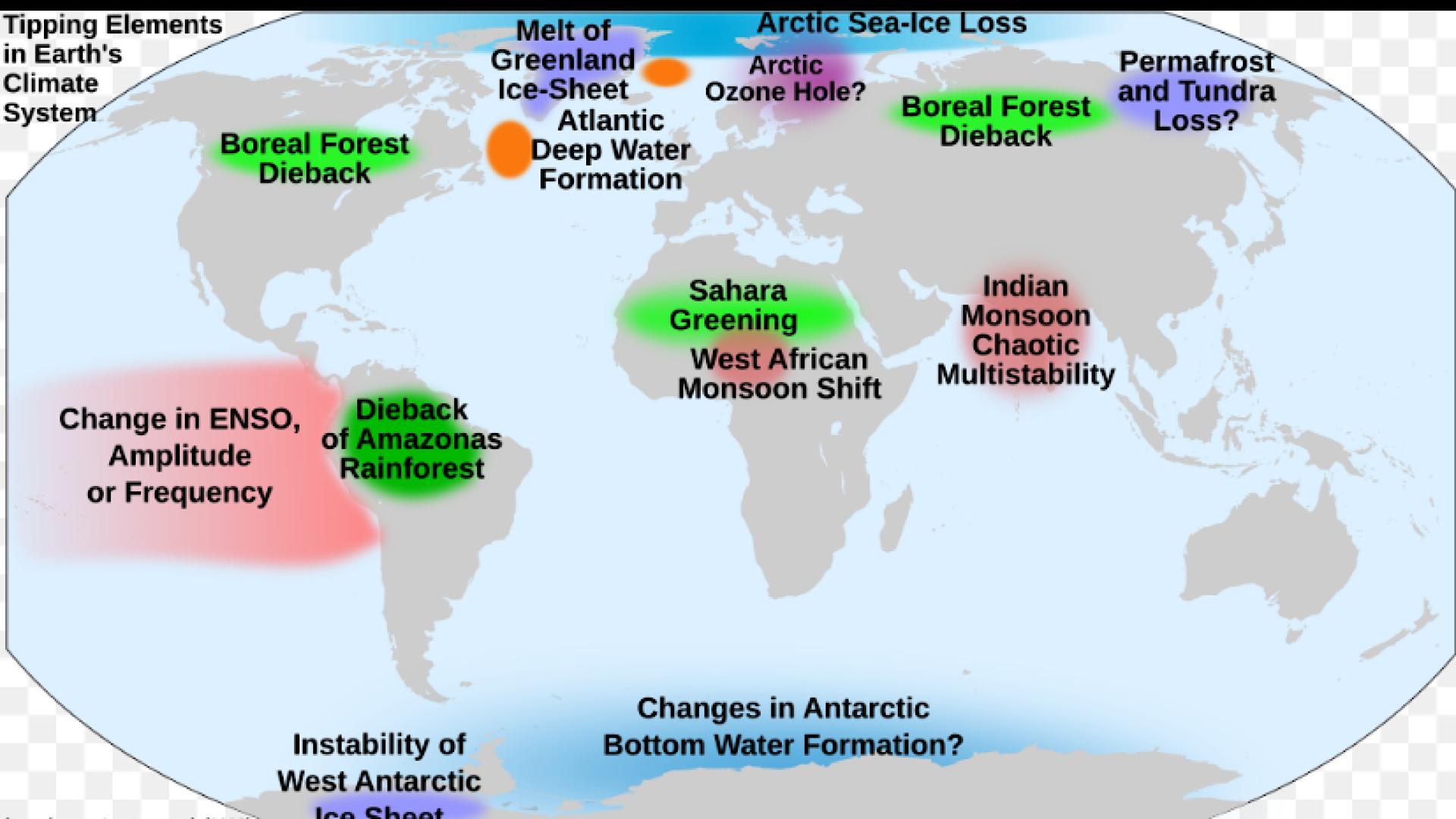
Tipping points are critical thresholds in the Earth’s climate system that, when crossed, can lead to large and often irreversible changes. Examples include the melting of Arctic sea ice, the collapse of the West Antarctic Ice Sheet, and the dieback of the Amazon rainforest. These tipping points are concerning because they can trigger feedback loops that accelerate warming.
For instance, as Arctic ice melts, it exposes darker ocean water, which absorbs more heat, leading to further melting. Understanding tipping points is crucial for assessing the risks of climate change and determining safe levels of warming. The potential for sudden, dramatic changes in the climate system underscores the urgency of climate action
Extreme weather events: Are they becoming more frequent and intense?
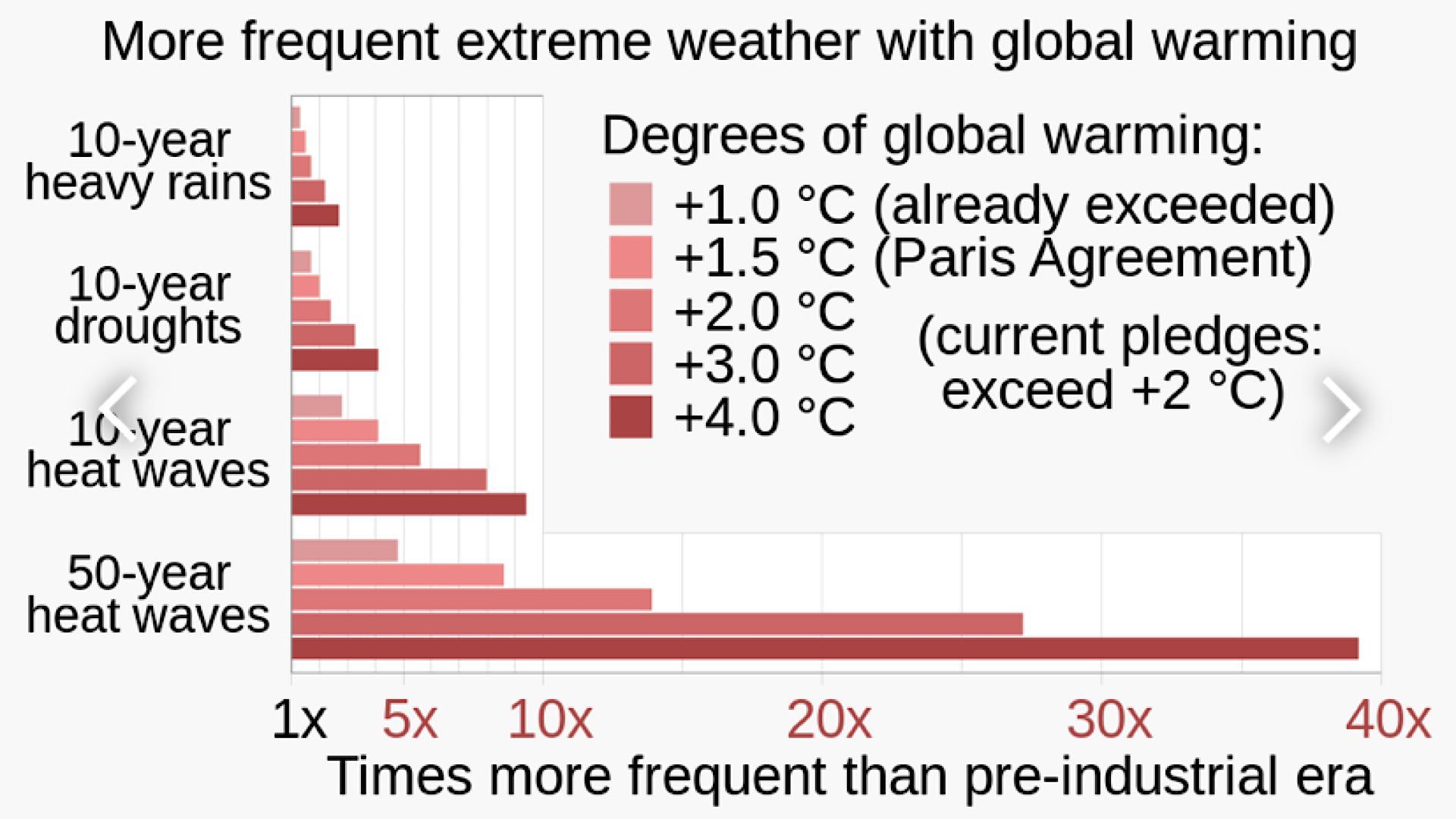
Climate change is altering the frequency, intensity, and duration of extreme weather events. While attributing individual events to climate change is challenging, clear trends are emerging. Heat waves are becoming more frequent and intense in many regions. Warmer atmosphere hold more moisture, leading to heavier precipitation events and increased flood risks.
Some areas are experiencing more severe droughts as higher temperatures increase evaporation. There’s also evidence suggesting that hurricanes and tropical storms may be becoming more intense, though changes in frequency are less certain. These trends align with climate model projections and highlight the need for improved resilience and adaptation strategies.
Ocean temperatures and their influence on global climate
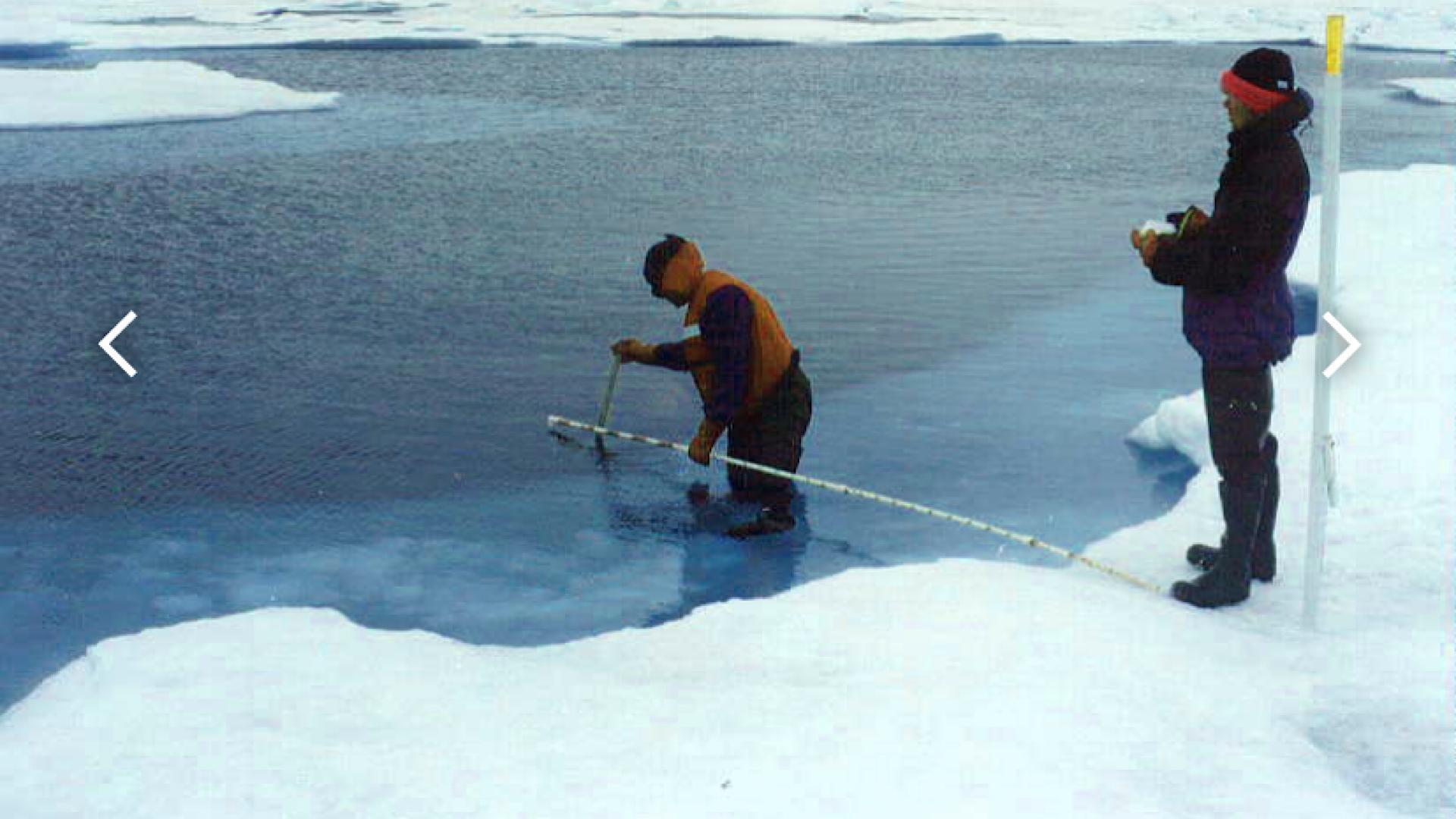
Oceans play a crucial role in regulating Earth’s climate, absorbing about 90% of the excess heat from global warming. Rising ocean temperatures affect global weather patterns, marine ecosystems, and sea levels. Warmer oceans can intensify storms and alter ocean currents, potentially disrupting climate systems like the Gulf Stream.
Ocean warming also leads to coral bleaching and can trigger the release of methane from the seafloor, further amplifying global warming. Additionally, warmer waters hold less dissolved oxygen, threatening marine life. Understanding ocean temperature changes is vital for predicting future climate impacts and developing effective mitigation strategies.
Melting ice sheets and rising sea levels: Current trends and projections
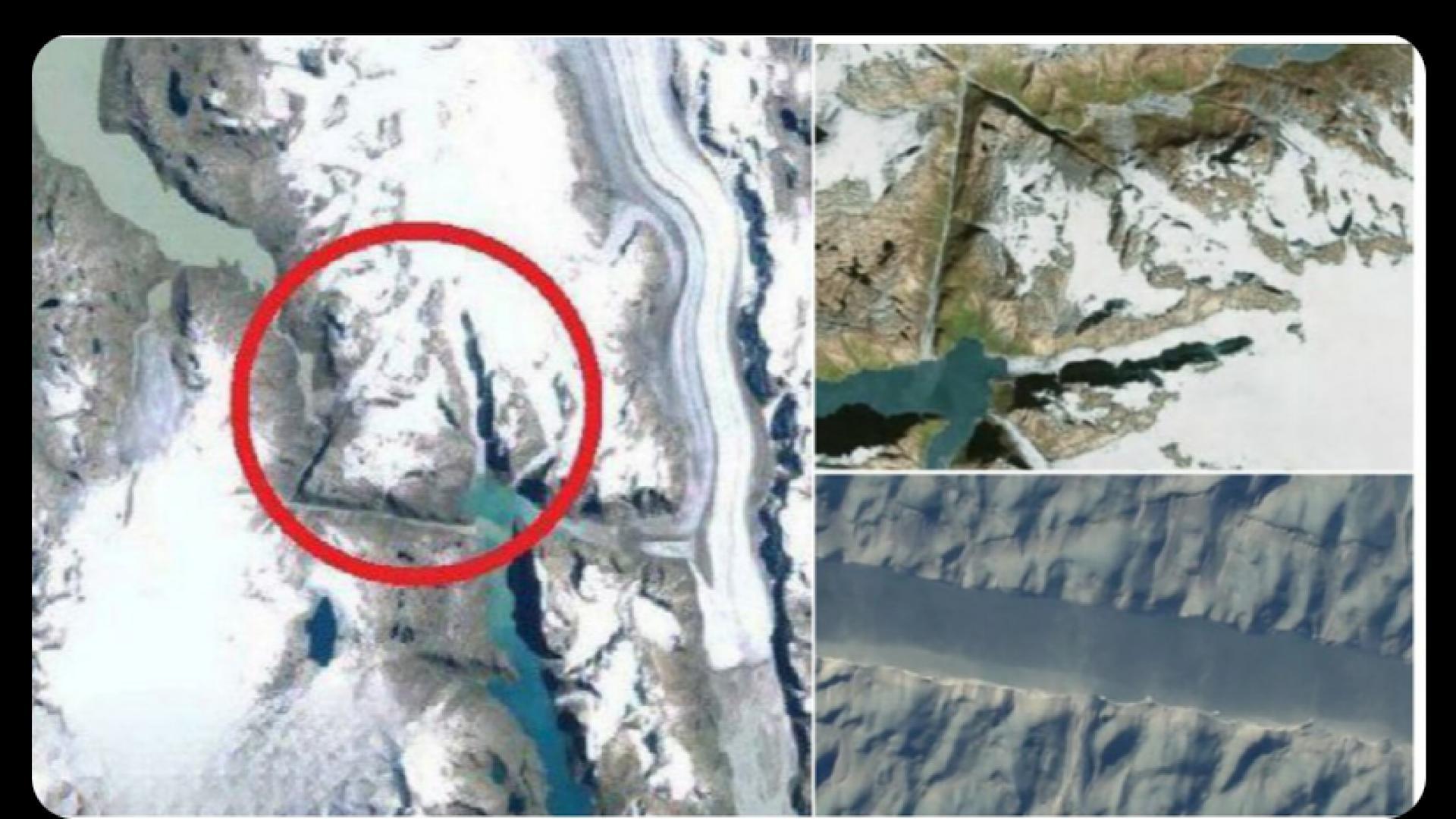
The melting of ice sheets in Greenland and Antarctica is a major contributor to sea level rise. Satellite data show accelerating ice loss in recent decades, with Greenland losing about 270 billion tons of ice annually. Antarctica’s ice loss has tripled since 2012. These trends are causing global sea levels to rise at an increasing rate, currently about 3.3 mm per year.
Projections suggest sea levels could rise by 0.3 to 2.5 meters by 2100, depending on emissions scenarios. This poses significant risks to coastal communities, infrastructure, and ecosystems, necessitating urgent adaptation measures and emissions reductions.
Urban heat islands: How cities amplify the warming effect
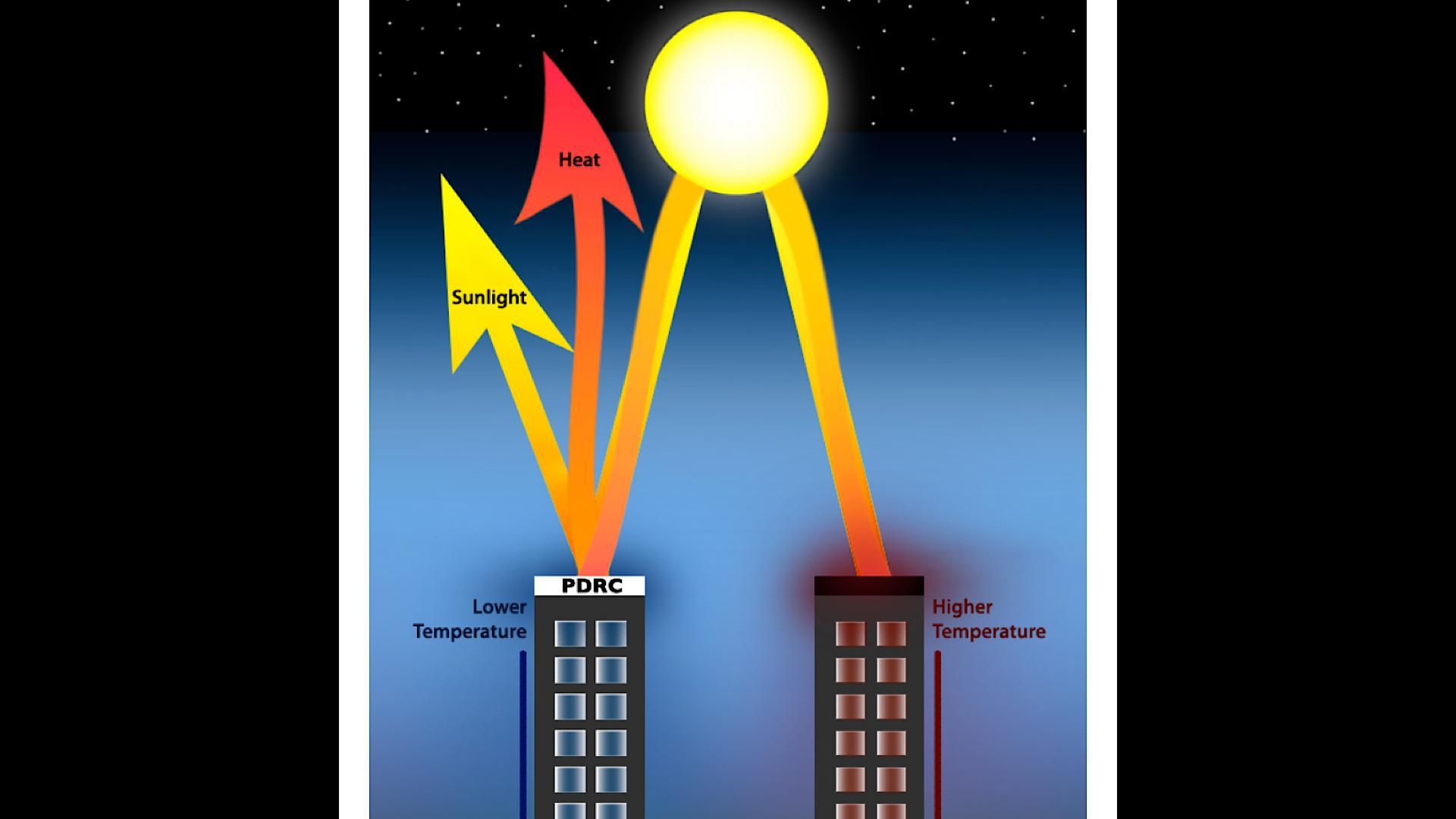
Urban heat islands occur when cities experience higher temperatures than surrounding rural areas. This phenomenon is caused by the concentration of heat-absorbing surfaces like asphalt and concrete, reduced vegetation, and waste heat from human activities. Urban heat islands can increase city temperatures by 1-3°C on average, with even greater differences during heatwaves.
This effect exacerbates the impacts of climate change in urban areas, leading to increased energy consumption, air pollution, and health risks, particularly for vulnerable populations. Mitigation strategies include increasing green spaces, using reflective materials, and improving urban design to promote air circulation. Understanding urban heat islands is crucial for effective city planning and climate adaptation.

